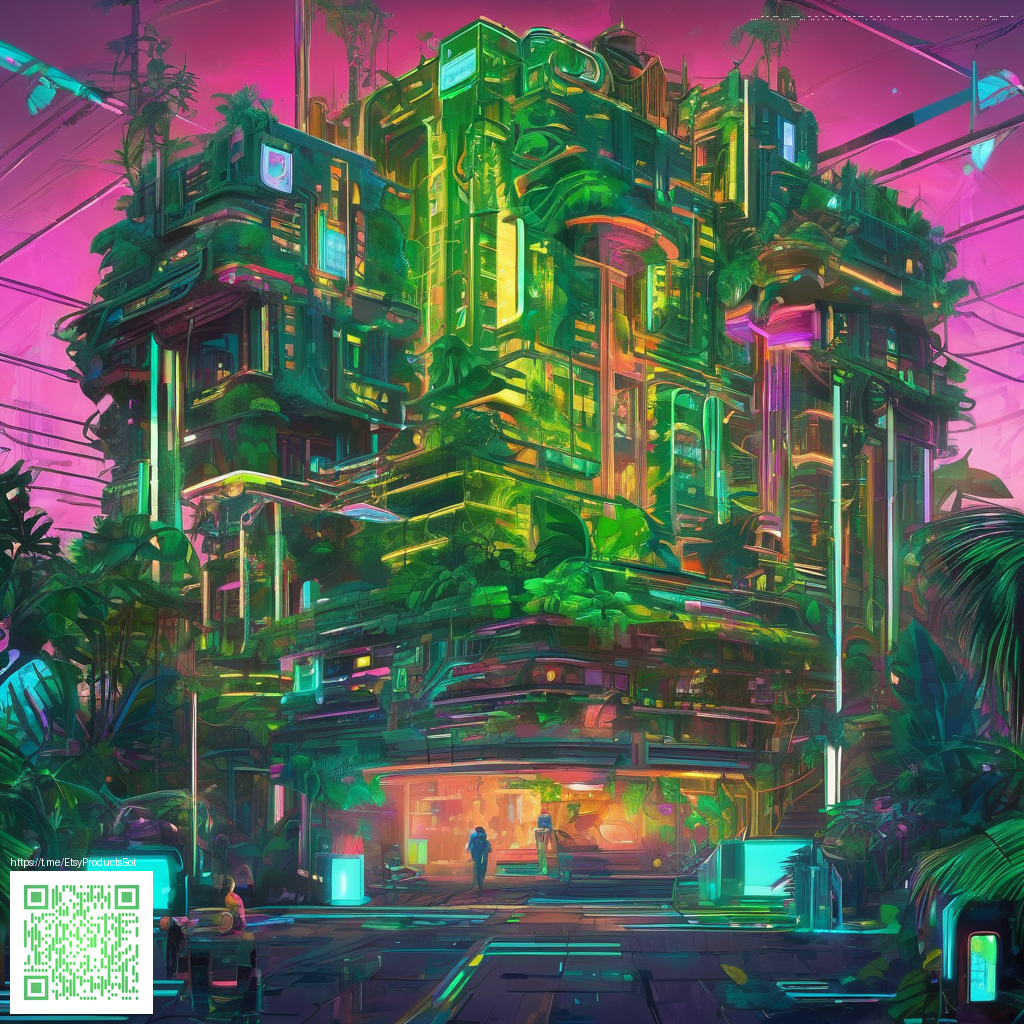
Did Splatoon 3 redefine open-world play for fans
When Nintendo released Splatoon 3, critics and fans alike debated whether the series had cracked open the door to a true open-world playground. The short answer is nuanced. What the game does offer is a deliberate reimagining of space, tempo, and social design that borrows the vibe of open world exploration without surrendering the tight, class-based combat that keeps Turf War fresh. The Splatlands are less about wandering aimlessly and more about navigating a living city of ink, with hubs that invite personal routes, discovery, and a sense of shared space that extends beyond the arena. For players chasing a more expansive feeling within a familiar framework, the title lands with a bold, kinetic punch that still respects the series’ core identity 💠
Gameplay analysis: space, pacing, and player agency
At the core, Splatoon 3 plays like a refined arcade shooter, but the surrounding design nudges players toward exploration and personal progression. The fresh hub design emphasizes varied zones with distinct vibes, letting squads rotate into quick matches, longer Turf War sessions, or the cooperative Salmon Run as a bridge between competitive play and casual sandbox moments. Movement remains snappy and responsive, with a broader set of mobility options that reward map reading and timing. In practice, this creates a sense of open-ended flow: you can chase a favored weapon path, experiment with new sub-abilities, or loop back to capture points in a way that feels like you are mapping a miniature world rather than simply completing a series of rooms. The result is a gameplay feel that leans into discovery, even when the action never truly becomes an open-world exploration game in the traditional sense 🌑
“The city feels like a playground that keeps testing your route choices, not just your aiming,” notes veteran players as they share replays and setup tips. The emphasis on micro-mprogression and social hubs gives the impression of a world that grows with your playtime without turning into a loosely connected map.
Community insights: what fans are saying
The community often weighs the new world-like vibes against the series’ roots. Veteran fans praise the sense of place and the ability to curl routes through varied districts, while newcomers celebrate the spectacle of color, fluid combat, and rapid-fire updates. The open-ended social layers—from lobby conversations to spontaneous in-game meetups—foster a shared identity that transcends a single battle session. Some players miss the old arena loops, wishing for more persistent, explorable spaces; others revel in the freedom to choose how densely they want their playtime to feel crafted. The dialogue around open-world vibes is less about redefining genre and more about broadening the play palette and social texture of the Splatoon universe 🔥
Update coverage and the cadence of change
Since launch, Nintendo’s EPD team has rolled out a steady cadence of weapons, stages, and quality-of-life tweaks that keep the world feeling alive. Major patches have introduced fresh gear, new sub-abilities, and seasonal events that expand the city’s rhythm. Players often highlight how these updates shape route choices and metagame dynamics, turning each patch into a new opportunity to explore different corners of the Splatlands. While the game never fully morphs into a sprawling open world with a single, continuous map, the update cadence creates a living, evolving playground that rewards curiosity and experimentation. The result is a title that grows with its community, mirroring the way open worlds sustain player investment without sacrificing the series’ bite-sized, competitive ethos 👾
Modding culture and creator ecosystems
Modding in Splatoon titles has historically lived in the margins due to platform constraints. Yet the fandom thrives through art, fan-made guides, and community-driven content that expands the sense of place. In Splatoon 3, fans celebrate color theory, stage design hypotheticals, and weapon loadouts in ways that feel almost like a living mod scene—one that operates entirely within the ruleset of the game and the energy of the community. This culture emphasizes shared knowledge, remixing of playstyles, and creative expression, turning the game’s world-building into a collaborative art project rather than a single-player museum. It’s a reminder that true open-ended play lives in how communities remix systems together 🌐
Developer commentary: intent behind world design
From the official communications and developer interviews, the intent behind Splatoon 3’s world-building leans toward enhancing social immersion and systemic flexibility. The Splatlands are designed to host quick pickups and longer collaborations alike, with maps and modes that facilitate both intimate 4v4 skirmishes and larger, festival-like events. Nintendo’s team has spoken about balancing frenetic action with moments of rest and curiosity, encouraging players to roam, socialize, and experiment with gear and weapons. The philosophy is less about chasing a standalone open-world declaration and more about weaving a living ecosystem where playspaces feel tactile, colorful, and endlessly replayable 🗺️
In the end, the question of reinvention hinges on expectations. If you’re seeking a sprawling, Witcher-style map with endless side quests, Splatoon 3 won’t redefine the genre for you. If you value a game that fuses rapid, skillful combat with a dynamic, community-driven world that invites exploration within a tight arena framework, then the title delivers a refreshing, modern take. Its open-world flavor is subtler and more social than a traditional sandbox, yet it is precisely this blend that makes it resonate with fans hungry for living, breathing playgrounds where every match is part of a larger city story 💠
Pro tip for players chasing the freshest meta keep an eye on patch notes and community hubs for weapon unlocks and stage rotations. The rhythm of updates often reshapes routes you’ll want to learn, making yesterday’s short-cut a today’s new lane to victory.
Support a decentralized internet